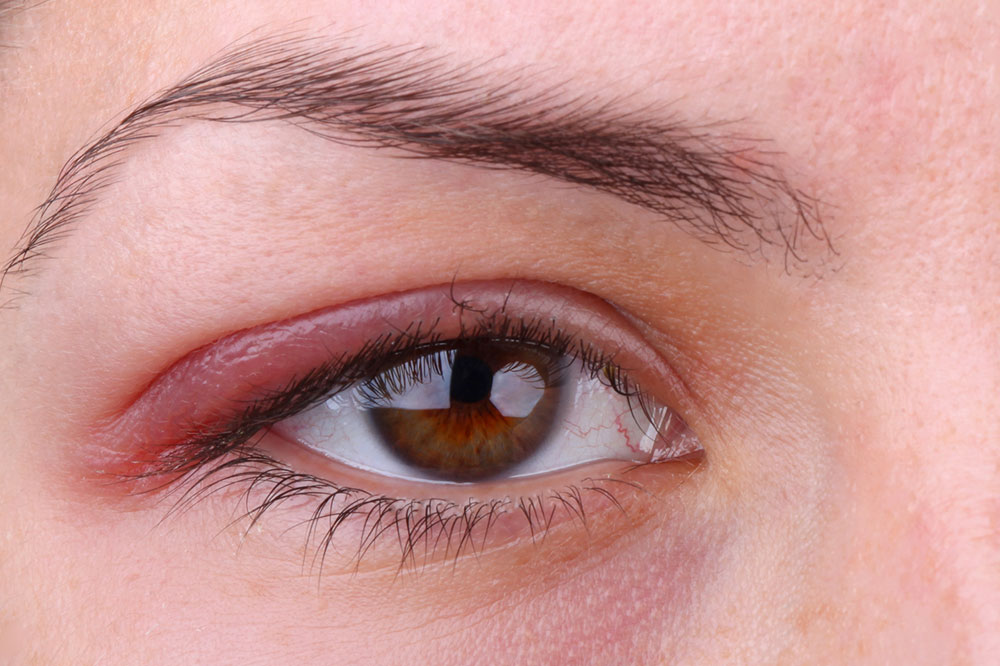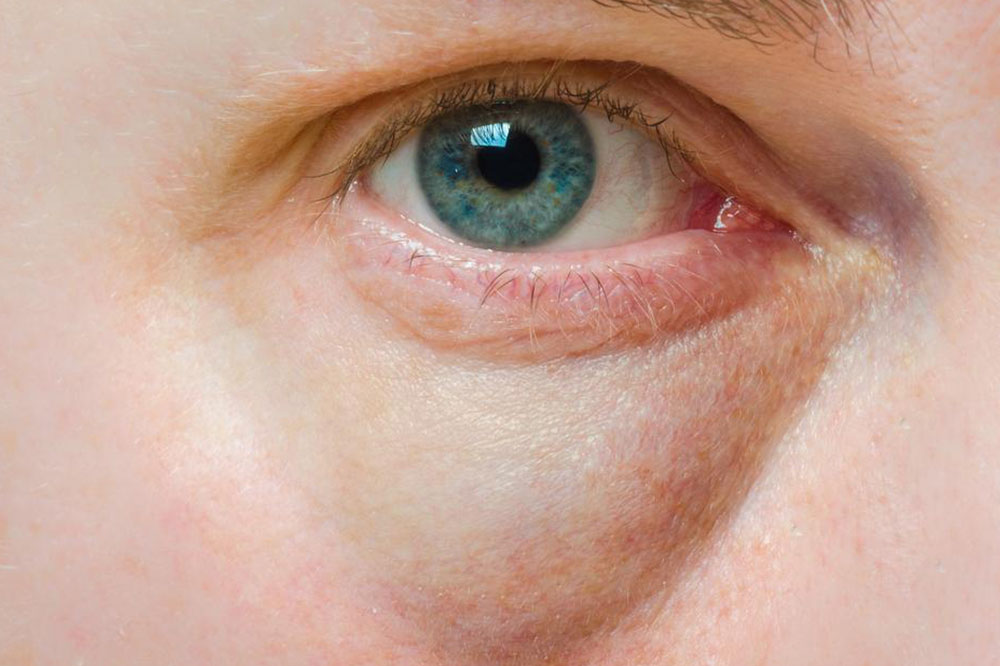Recognizing Common Indicators of Eye Conditions
This article explores common signs and symptoms of eye conditions such as eyestrain, redness, night blindness, and glaucoma. Recognizing these indicators early can lead to timely treatment, preventing vision loss. It emphasizes the importance of regular eye check-ups and consulting specialists for persistent symptoms. The information aims to educate readers on maintaining eye health and identifying potential problems before they escalate, highlighting the prevalence of eye disorders and their impact on daily life.

Recognizing Common Indicators of Eye Conditions
The human eye is one of the most intricate organs, comprising parts such as the cornea, iris, pupil, lens, and retina, all working together to provide clear vision. Globally, eye diseases pose significant health challenges, affecting both mental and physical well-being. Those affected may experience depression, social withdrawal, and a decline in daily functioning. For example, cataracts affect over 24 million Americans, with half of those over 75 developing the condition. Similarly, millions suffer from glaucoma and macular degeneration, indicating the widespread nature of eye health issues.
An overview reveals about 2.7 million Americans with glaucoma and 2.1 million with age-related macular degeneration, highlighting the prevalence of eye disorders. Certain symptoms can suggest underlying eye problems, especially if they affect vision, appearance, or cause pain. Here are key signs to watch for:
Eyestrain: Commonly caused by prolonged computer use, reading, or driving, eyestrain results in tired eyes. Rest the eyes when symptoms appear; persistent issues warrant medical consultation.
Redness: Dilation of blood vessels due to infection, fatigue, or allergies causes red eyes. Persistent redness should be evaluated by an eye specialist promptly.
Night blindness: Difficulty seeing in low light may stem from vitamin A deficiency or conditions like cataracts or near-sightedness, sometimes influenced by genetics.
Lazy eye or amblyopia: Characterized by poor development of one eye, leading to weakness or impaired vision.
Blurry vision: Indicates potential damage or loss in parts of the eye, affecting clarity and focus.
Double vision: Seeing two images can result from eye misalignment, headaches, or nausea.
Impaired depth perception: Difficulty judging distances, which affects spatial awareness.
Cloudy eyes: Likely due to cataracts, presenting as a hazy or opaque lens.
Color blindness: A genetic condition where distinguishing certain colors like red and green is impaired; severe cases turn vision monochrome.
Uveitis: Inflammation of the uvea, presenting with pain, redness, and blurred vision, risking permanent damage.
Ocular pain: Pain arising from injury, scratches, or foreign objects impacting the eye surface.
Age-related macular degeneration: Seen in individuals over 65, affecting the retina's central area, causing blurred vision and difficulties in reading or recognizing faces.
Glaucoma: Involves optic nerve damage often linked to increased intraocular pressure, potentially leading to blindness.
In summary, the eye’s intricate structure demands vigilance for any abnormal signs. Recognizing symptoms early and seeking professional eye care can prevent severe vision loss and improve quality of life.










